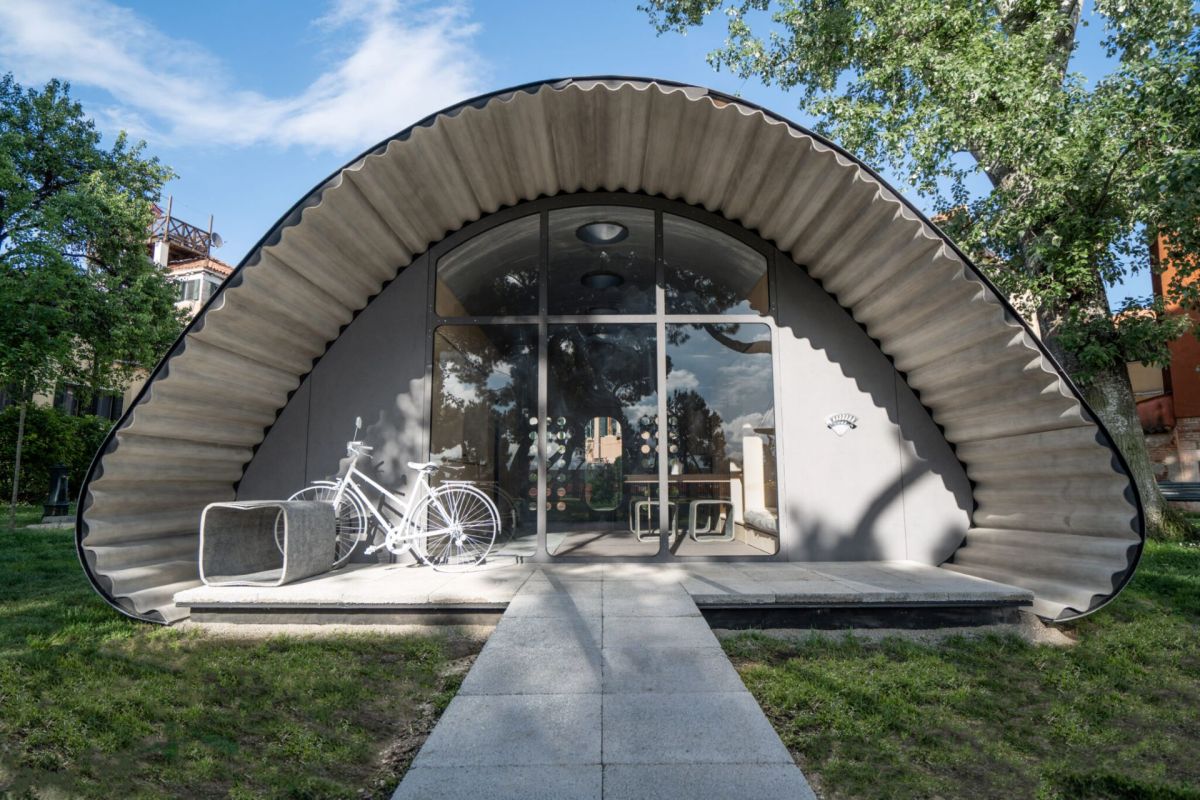A collaboration between the Norman Foster Foundation and Swiss manufacturer Holcim has recently produced a low-carbon, modular home that can be recycled at the end of its use. The functionality of these structures may help house individuals displaced by climate-related natural disasters and migration.
The external shells of these Essential Home units are made from flexible, rollable concrete sheets, Treehugger reported. The concrete has a significantly lower carbon footprint, at about 20% less than standard materials, and its shape allows the builders to use 95% less material. These sheets are also durable and can last longer than the flimsy refuge tents currently used in many camps.
The insulation is also made to withstand time and use. It's built with an energy-efficient insulation system to protect against water and the foam in the roof insulation aids with thermal regulation, better acoustics, and energy efficiency. Each pod houses five to six people and features storage space, food preparation areas, and a shower stall.
Natural disasters, which have been increasing in severity and frequency because of a radically changing climate, can cause significant displacement and housing inequities. There are estimated to be over 103 million people currently displaced, with the average displacement time span of around 20 years, per the Essential Home Research Project. Representatives from the project are hopeful that their work will aid in the transition of these folks "from refugee camps to communities [and] from shelters to homes," as representatives told Treehugger.
Perhaps one of the best features of these structures is that they are modular, so they can be moved to regions and spaces in need. Plus, the structures can be built as a singular unit or linked together in a community. The units can connect via EcoPact concrete technology, which contains light-absorbing materials to make it more visible at night.
"The modular nature of the design accommodates the evolving needs of families of different sizes," the organization explained to TreeHugger. "When replicated side-by-side, the curved shape of the homes forms open areas between them, creating public space for everyone."
The sleek, modern design of these shelters — along with their energy efficiency and versatility — can house refugee families in a dignified and sustainable way.
Join our free newsletter for easy tips to save more, waste less, and help yourself while helping the planet.









